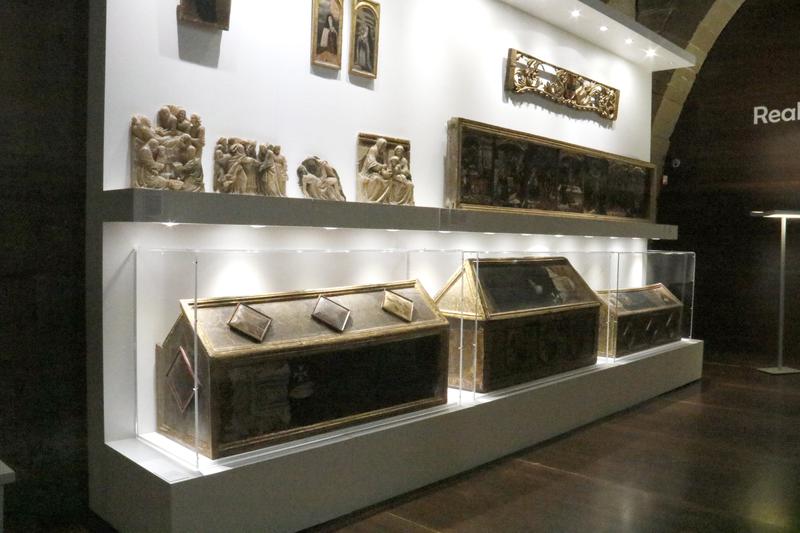Condition of disputed Sixena artworks remains unknown
Police moved works of art from Lleida Museum to monastery in neighboring Aragon six years ago

It's been six years since Spanish Guardia Civil police entered Lleida Museum to move the disputed Sixena artworks from Catalonia to a monastery 70 km to the west in neighboring Aragon.
Since the summer of 2022, the pieces have not been on display, with the Sixena monastery closed for renovation and the condition of the artworks unknown.
The Catalan government continues to lament the fact that they were removed from Lleida, where they were "well preserved" and could be seen by visitors.
On the other hand, the Aragonese executive told the Catalan News Agency (ACN) the works are now in a place where they "should never have left," emphasizing that they are being kept in "optimal conditions."
The Sixena monastery renovation is complete, the Aragones government has said, and is due to reopen next year.
Long-running dispute
The artworks are originally from the Sixena monastery in Aragon and will not be returning to Catalonia following a Supreme Court ruling in 2021.
They have long been the subject of a legal battle between Catalonia and Aragon over where they should be placed and displayed.
The Supreme Court rejected the appeals of the Catalan government, the National Art Museum of Catalonia, and the Consortium of the Museum of Lleida against the ruling of a provisional court in Huesca, Aragon, which declared the prior sale of the 96 Sixena works as null and void.
The works were purchased by the Catalan government in the 1990s. Courts ruled however that the seller of the 96 pieces of art was not the legitimate owner of them and therefore didn't have the authority to sell them.
The Catalan government continues to argue the works were acquired through "legal and legitimate" sales.
Ahead of the six-year anniversary of the works' transfer from Lleida, Sònia Hernández, director general of Cultural Heritage at the Department of Culture, told ACN the pieces were moved from where they were "well preserved, conserved and could be studied" to end up in a new space with conditions that "probably aren't the best" and where they "aren't guaranteed to be preserved as well as we think they should."
The removal of the works from Lleida Museum on December 11, 2017 took place in the aftermath of the independence referendum of October 1, when Spain had sacked the Catalan government and enforced direct rule from Madrid.
Police officers entered the museum in the early hours of the morning to ensure the execution of the Court of Huesca's ruling, which ordered the transfer of 44 works to the monastery of Vilanova de Sixena.